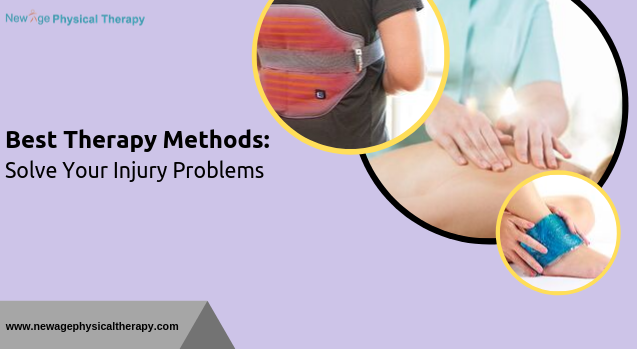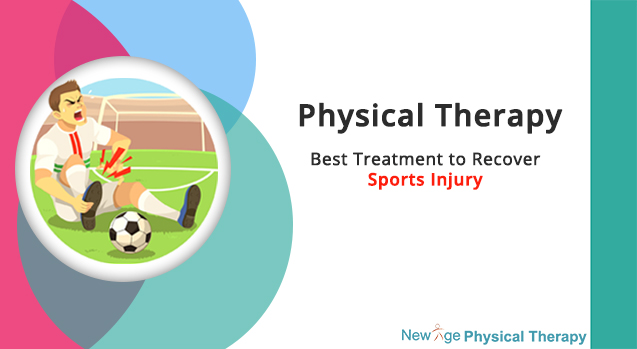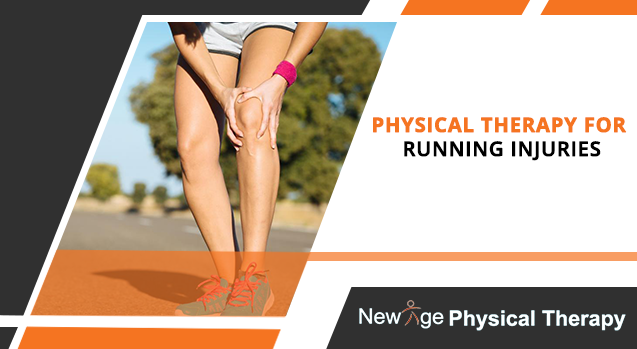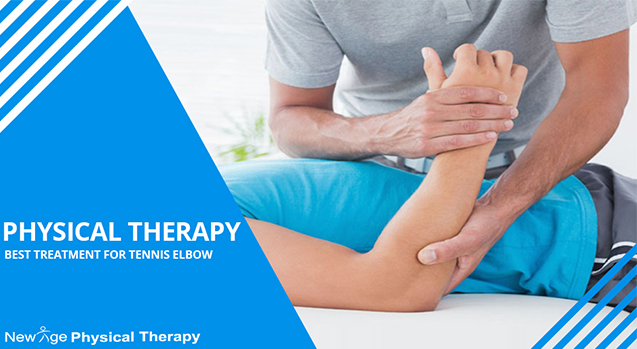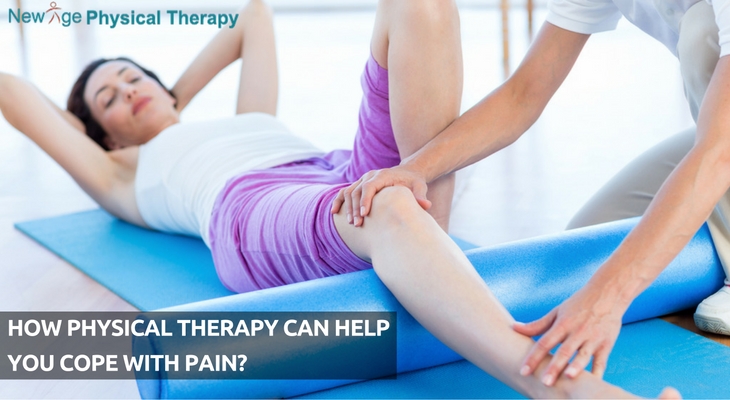Best Physical Therapy Methods: Solve Your Injury Problems
We all know that physical therapists have a special skill to assess the human body and helping to reduce any injury from breaks to bursitis. They can help diagnose and treat many general diseases and movement diseases.
Physical therapy is one of the best options you can make when you have long-term pain or an injury. It can make you more active and help you feel better. You will get recovery in a short time.
When you are suffering from the pain, ask your doctor to recommend a physical therapist. If you are looking for Physical Therapy New York, NY, there are so many best therapy center are available. Probably you will need a series of visits. Even, you should practice some of the exercises at home, it will give you the best results.
Physical Therapy — The Best Treatment
Ready to go moving on the road to recovery? For the most effective treatment methods, choose a qualified physical therapist. They have many methods to reduce patient’s pain. Let’s see the best treatment method of physical therapy.
– Manual Therapy
Manual therapy is also known as manipulative therapy. It’s a physical treatment that is typically used in conjunction with traditional physical therapy methods.
Physical Therapist will use their hands to implement pressure on muscle tissue and manipulate joints of the body, as engaged to using a machine or device. This therapy can be quite powerful for treating both critical and constant pain.
Manual Therapy is the most effective. It has shown to help with decreasing pain and increasing functional outcomes. This method of therapy has been examined heavily and has several investigations published in peer-reviewed journals, some of which include Physical Therapy.
– Ice Therapy
Ice Therapy is the best for Injuries. This therapy can be an important component of injury. By contracting blood vessels after treatment, ice is an efficient way to decrease and even stop the pain quickly following an injury. Ice therapy can also transmit the joint more mobile and enhance manual therapy.
Although it’s hard to hold down the most efficient compact, utilizing Ice packs to inflamed fields has been determined to significantly decrease increasing in soft muscle injuries sped Source Trusted Specialist.
– Heat Therapy
Heat Therapy is the best for injuries involving strong spams and tightness. Utilizing heat has been shown to reduce pain and improve mobility after some injuries — essentially those affecting soft tissue like muscles. By making the muscle more flexible, the therapist can better increase the injured area. Note one thing when you are using heat therapy, it is just one tool to help the therapist be more effective, the specialist says that it shouldn’t be the main focus of a therapy plan.
– Low-Level Laser Therapy
Low-Level Laser Therapy is best for muscular or connective tissue injuries. This therapy uses specific wavelengths of light to excite healing and can help to reduce inflammation, muscle fatigue, and paint rusted Cause. It can also enable the therapist to remove the injured part around more comfortable with less discomfort.
These therapies are best to recover your injury. But before using it, never forget to get professional medical advice. Always check with a physical therapist or doctor first once those pains and injuries occur!
Read More:

